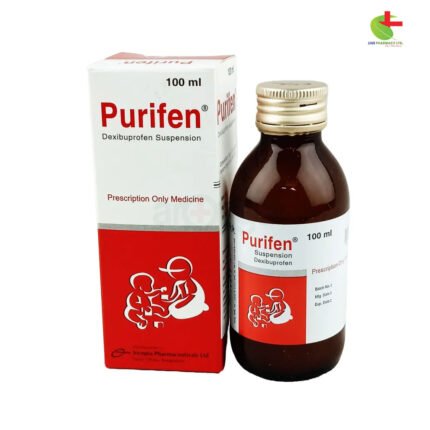
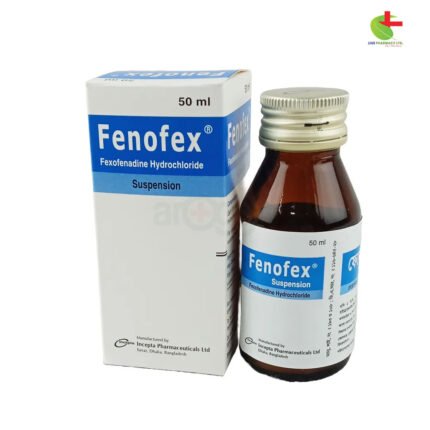
Omidon Oral Suspension
40.00৳ Bottle (60ml)
- Indications: Domperidone is used to relieve dyspeptic symptoms such as nausea, vomiting, and gastric discomfort, including gastroesophageal reflux and delayed gastric emptying.
- Mechanism: As a dopamine antagonist, it enhances gastrointestinal motility and prevents regurgitation by increasing esophageal peristalsis and lower esophageal sphincter pressure.
- Dosage: Administer 10-20 mg orally every 6-8 hours for adults; children’s dosage is based on body weight.
- Side Effects: Rare side effects include intestinal cramps, hyperprolactinemia, and allergic reactions; use with caution in infants and those with hepatic impairment.
- Storage: Keep stored below 30°C, protected from light and moisture, and out of children’s reach.
 Brand
Brand
|
Incepta Pharmaceuticals Ltd |
|---|---|
 Generics
Generics
|
Domperidone Maleate |
 Type
Type
|
Oral Suspension |
Indications
Domperidone is indicated for the management of various dyspeptic symptoms, commonly linked with delayed gastric emptying, gastroesophageal reflux, and esophagitis. These symptoms may include:
- A feeling of fullness in the epigastric region, abdominal distension, and upper abdominal discomfort
- Eructation (belching), flatulence, and early satiety
- Nausea and vomiting
- Heartburn, which may or may not involve the regurgitation of gastric contents
- Non-ulcer dyspepsia
It is also effective for acute nausea and vomiting due to various causes, including functional, organic, infectious, dietary factors, or those induced by radiotherapy or pharmacotherapy, as well as nausea associated with migraine.
In patients with Parkinson’s disease, Domperidone can alleviate nausea and vomiting induced by dopamine agonist therapy.
Additionally, it is used in radiological studies to accelerate barium transit during follow-through examinations.
Please consult a registered physician for medication advice.
Pharmacology
Domperidone is classified as a dopamine antagonist that primarily inhibits dopamine receptors located in the Chemoreceptor Trigger Zone (CTZ) and the stomach. Its gastroprokinetic properties arise from its ability to block dopamine receptors that influence gastrointestinal motility. Due to its limited ability to cross the blood-brain barrier, Domperidone has minimal impact on dopaminergic receptors in the brain, thus avoiding psychotropic and neurological side effects.
Domperidone helps restore normal motility and tone in the upper gastrointestinal tract, promotes gastric emptying, enhances antral and duodenal peristalsis, and regulates pyloric contractions. It also boosts esophageal peristalsis and increases lower esophageal sphincter pressure, effectively preventing gastric content regurgitation.
Dosage & Administration
Domperidone should be administered 15-30 minutes before meals and, if needed, prior to bedtime.
The typical recommended oral dosages of Domperidone are as follows:
- Adults: 10-20 mg (1-2 tablets or 10-20 ml of suspension) every 6-8 hours. The maximum daily dosage is 80 mg.
- Children: 2-4 ml of suspension per 10 kg body weight or 0.4-0.8 ml of pediatric drops per 10 kg body weight, every 6-8 hours.
For dyspeptic symptoms:
- Adults: 10-20 mg (1-2 tablets or 10-20 ml of suspension) every 6-8 hours.
- Children: 0.2-0.4 mg/kg (2-4 ml suspension/10 kg or 0.4-0.8 ml pediatric drops/10 kg) body weight, every 6-8 hours.
For acute and sub-acute conditions (primarily acute nausea and vomiting):
- Adults: 20 mg (2 tablets or 20 ml of suspension) every 6-8 hours.
- Children: 0.2-0.4 mg/kg (2-4 ml suspension/10 kg or 0.4-0.8 ml pediatric drops/10 kg) body weight, every 6-8 hours. The maximum treatment duration for acute nausea and vomiting is 12 weeks.
Rectal Administration in Suppositories:
- Adults (including the elderly): 30-60 mg every 4-8 hours.
- Children: The maximum daily rectal dose for children weighing 10 to 25 kg is 30 mg, which can be divided throughout the day if necessary. The maximum treatment duration is 12 weeks.
Please consult a registered physician for medication advice.
Interactions
Co-administration of anticholinergic medications may reduce the effectiveness of Domperidone. Antacids and antisecretory drugs should not be taken simultaneously, as they can decrease Domperidone’s oral bioavailability. Domperidone is primarily metabolized via the CYP3A4 pathway; thus, drugs that inhibit this enzyme may elevate plasma Domperidone levels. Notable CYP3A4 inhibitors include azole antifungals, macrolide antibiotics, HIV protease inhibitors, and nefazodone.
Theoretically, due to its gastrokinetic effects, Domperidone may influence the absorption of concurrently administered oral medications, particularly those with sustained-release or enteric-coated formulations. However, in patients stabilized on digoxin or paracetamol, Domperidone did not alter blood levels of these medications.
- Neuroleptics: Domperidone does not enhance their action.
- Dopaminergic agonists (e.g., bromocriptine, L-dopa): Domperidone alleviates peripheral side effects such as digestive disorders, nausea, and vomiting without counteracting their central effects.
Contraindications
Domperidone is contraindicated in patients with known hypersensitivity to the drug and in neonates. It should not be used in cases where gastrointestinal stimulation poses risks, such as gastrointestinal hemorrhage, mechanical obstruction, or perforation. Additionally, it is contraindicated in individuals with prolactin-releasing pituitary tumors (prolactinomas).
Side Effects
Side effects are rare, though transient intestinal cramps have been occasionally reported. Extrapyramidal symptoms are uncommon in young children and exceedingly rare in adults, reversing completely once treatment is discontinued. Domperidone may lead to increased plasma prolactin levels, which in rare instances can result in neuroendocrinological phenomena such as galactorrhea and gynecomastia. In infants, due to an immature blood-brain barrier, the potential for neurological side effects cannot be entirely excluded. Rare allergic reactions, including rash and urticaria, have also been documented.
Pregnancy & Lactation
In animal studies, doses of up to 160 mg/kg/day of Domperidone did not result in teratogenic effects. Nonetheless, as with most medications, it should only be administered during the first trimester of pregnancy if deemed necessary for therapeutic benefit. Current evidence does not indicate an increased risk of malformations in humans. Domperidone is excreted in the breast milk of lactating rats, with concentrations in human breast milk being four times lower than in plasma. The potential effects on newborns are not well understood; thus, nursing is generally discouraged for mothers taking Domperidone unless the anticipated benefits outweigh the potential risks. Domperidone does not impair mental alertness.
Precautions & Warnings
Domperidone should be used with caution in children due to a heightened risk of extrapyramidal reactions stemming from an underdeveloped blood-brain barrier. Given that Domperidone is extensively metabolized by the liver, it should also be used cautiously in patients with hepatic impairment.
Use in Special Populations
- Infants: Due to the incomplete development of metabolic and blood-brain barrier functions in the first months of life, any medication should be administered to infants with extreme caution and under close medical supervision. Although neurological side effects are typically absent with Domperidone, they cannot be entirely ruled out in infants under one year of age.
- Liver Disorders: Domperidone should be used cautiously in patients with liver impairment due to its high metabolic rate in the liver.
- Kidney Disorders: In cases of severe renal insufficiency (serum creatinine > 6 mg/100 ml, or > 0.6 mmol/l), the elimination half-life of Domperidone can increase from 7.4 to 20.8 hours. However, plasma drug levels in these patients were lower than those in healthy individuals. As very little unchanged drug is excreted through the kidneys, a single acute administration generally does not require dosage adjustments. However, in cases of repeated administration, dosing frequency should be reduced to once or twice daily based on the severity of the impairment, and the dosage may need to be lowered. Regular review is advised for patients on prolonged therapy.
Overdose Effects
Symptoms of overdose may include drowsiness, disorientation, and extrapyramidal reactions, particularly in children. In the event of an overdose, administering activated charcoal and closely monitoring the patient is recommended. Anticholinergic agents, antiparkinson medications, or antihistamines with anticholinergic properties may help manage extrapyramidal reactions.
Therapeutic Class
Motility Stimulants, Dopamine Antagonists, Prokinetic Drugs
Storage Conditions
Store below 30°C, protected from light and moisture. Keep out of reach of children.

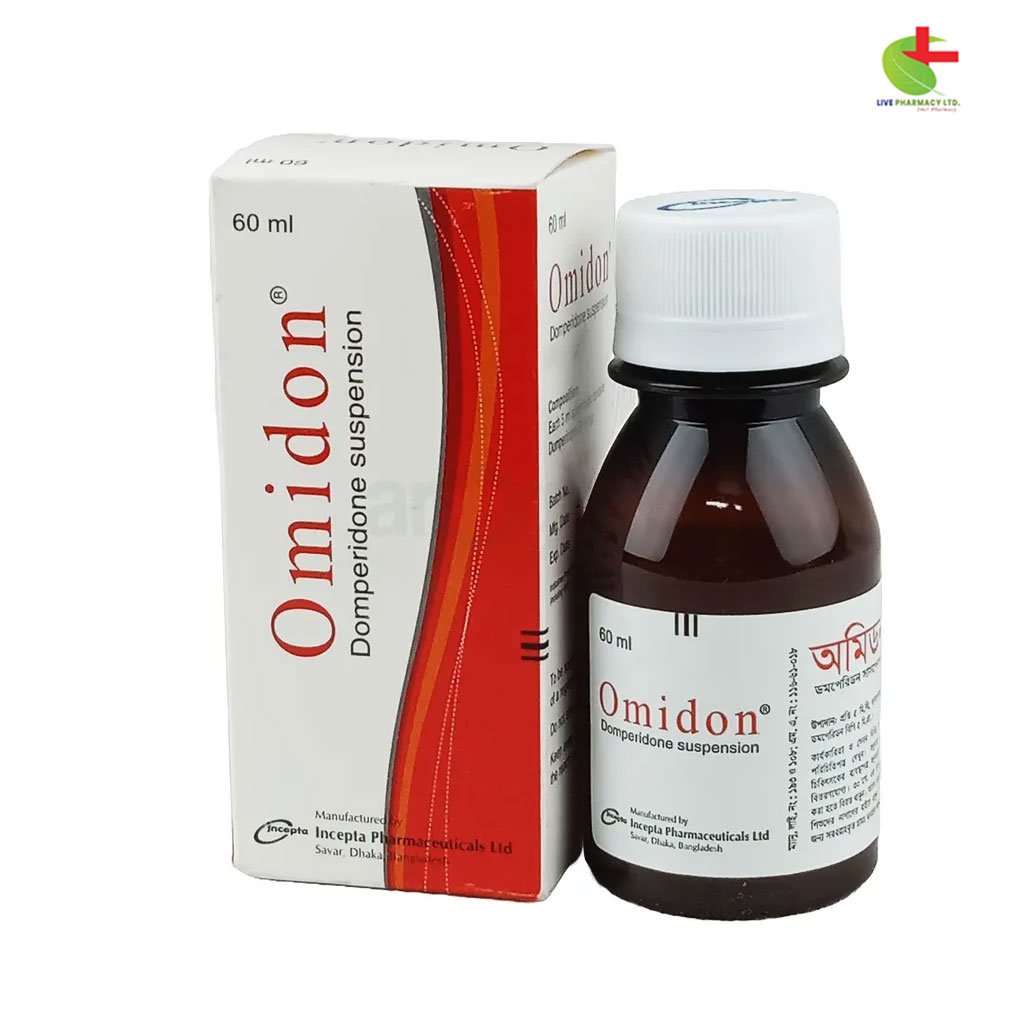

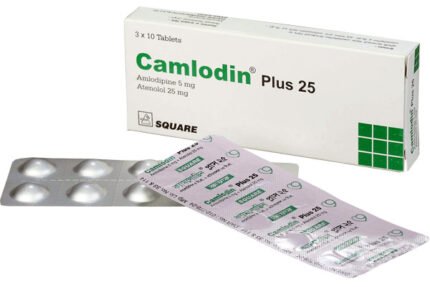
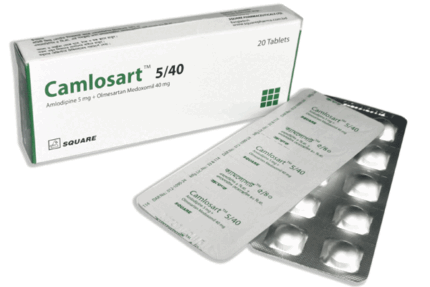
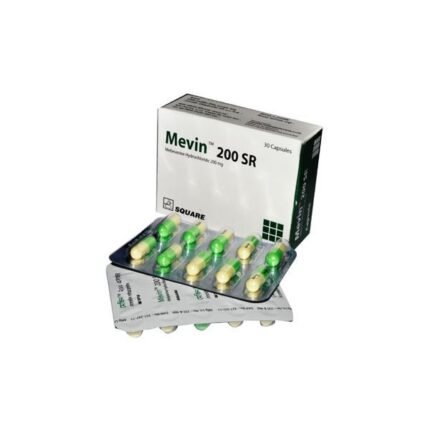
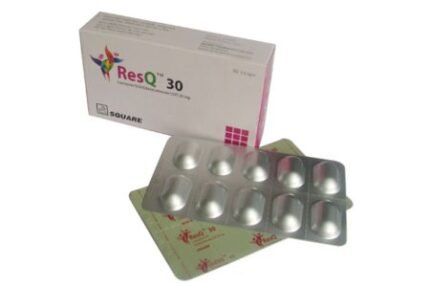
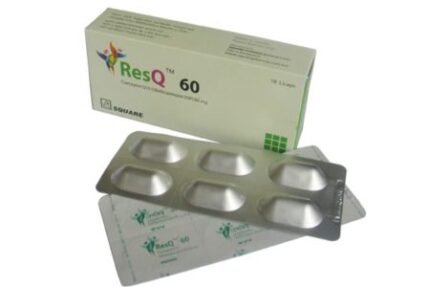
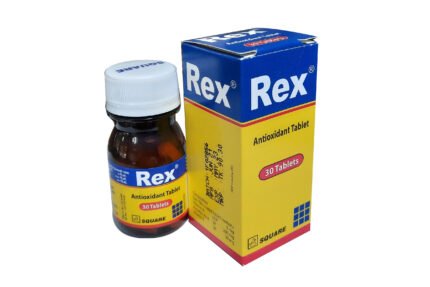
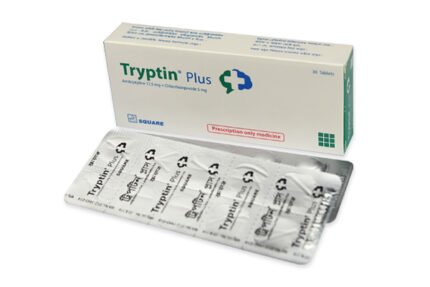
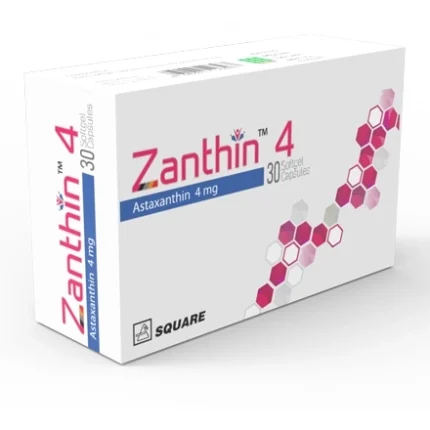
Reviews
There are no reviews yet.